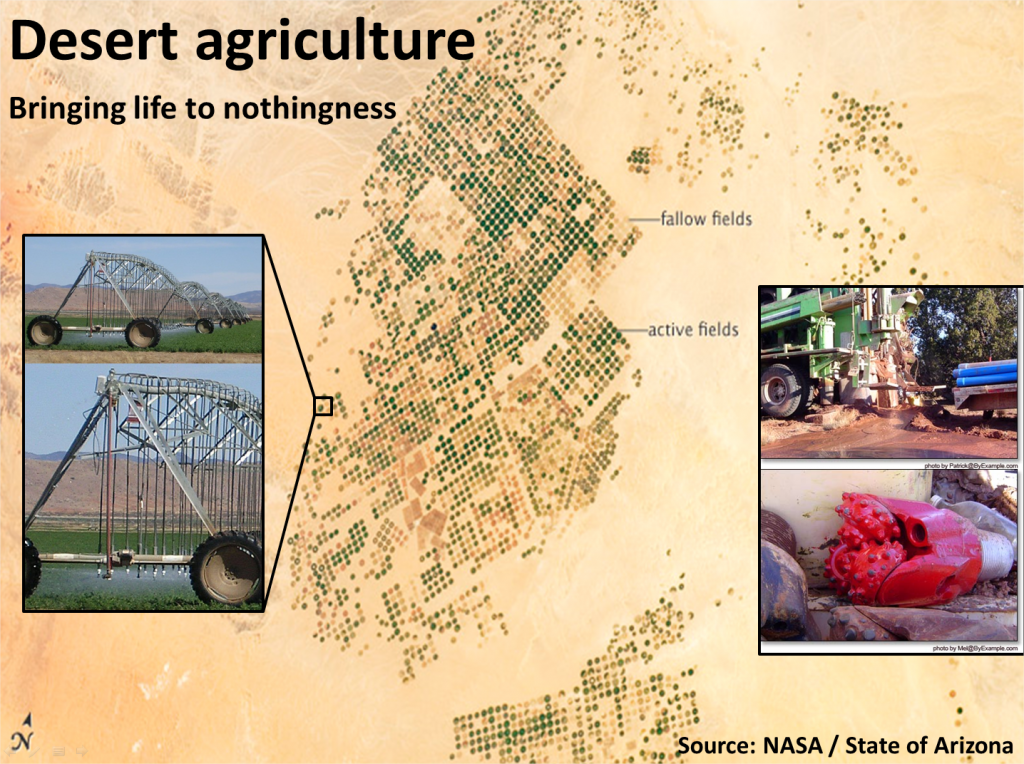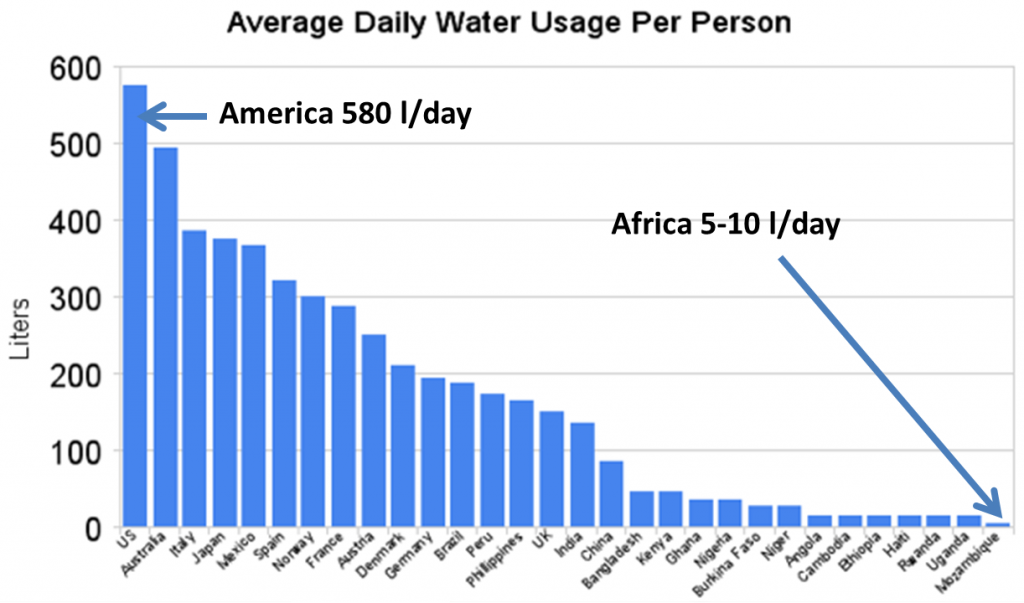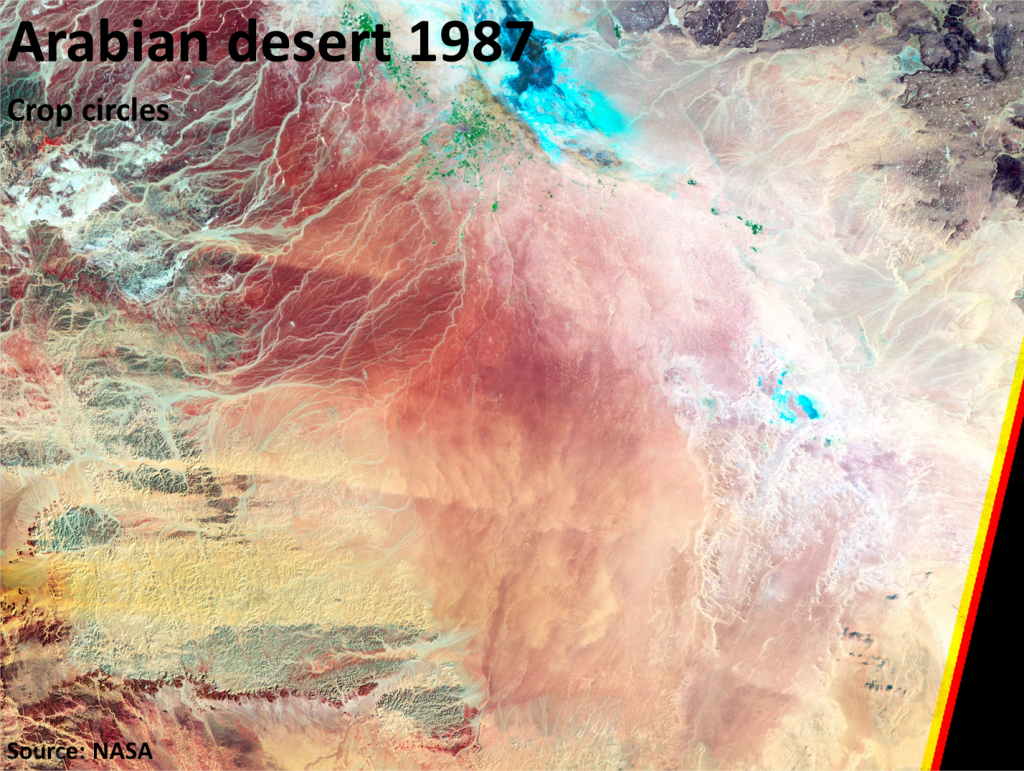Water is an important basic need for life. A human can survive for weeks between meals but only days between drinks. Per day we need around 2 to 3 litres of water, according to environmental factors. In a hot climate more water is required, due to a higher transpiration rate. At present around one billion people or more lack proper drinking water. However, drinking water use couldn’t differ more between different countries. In the U.S. around 580 liters of water is used per capita, whereas in Africa no more than 5 to 10 liters of drinking water is available per person see (figure below, source Wikipedia 2012). Unfortunately, drinking water, in western world, is not only used for consumption, but also for watering gardens, cleaning, washing, showering and flushing the toilet, when this is added to water consumed, the amount can add up to 300 litres or more. To make water drinkable a lot of effort has to be done in the shape of a cleaning process, and yet for the aforementioned tasks rainwater is sufficient.
Source figure: Wikipedia
Fresh water
Fresh water is water found in surface water of rivers and lakes or groundwater and aquafers. In the picture below the available amount of fresh water per capita is depicted.
This water is often the source for drinking water, but is currently mostly used worldwide for agriculture. Around 70% of all the fresh water use by humanity is in service of agricultural processes. In the following picture the most dominant user per country is displayed.
The population Saudi Arabia exploded when oil was found there in the sixties and with it demands for food. To supply parts of demand themselves they started using desert agriculture through the use of technology depicted below. Crop circles as they are called are mostly round as a spinning arm disperses water in a circular pattern. In the picture above there are bright green round dots, which are active fields, and grey dots, which are inactive fields. Inactive fields are often caused by dwindling water supply or acidification or salinization of the ground.
 In the two pictures below, the exponential growth of crop circles in Saudi Arabia can be observed between the year 1987 and 2012.
In the two pictures below, the exponential growth of crop circles in Saudi Arabia can be observed between the year 1987 and 2012.





